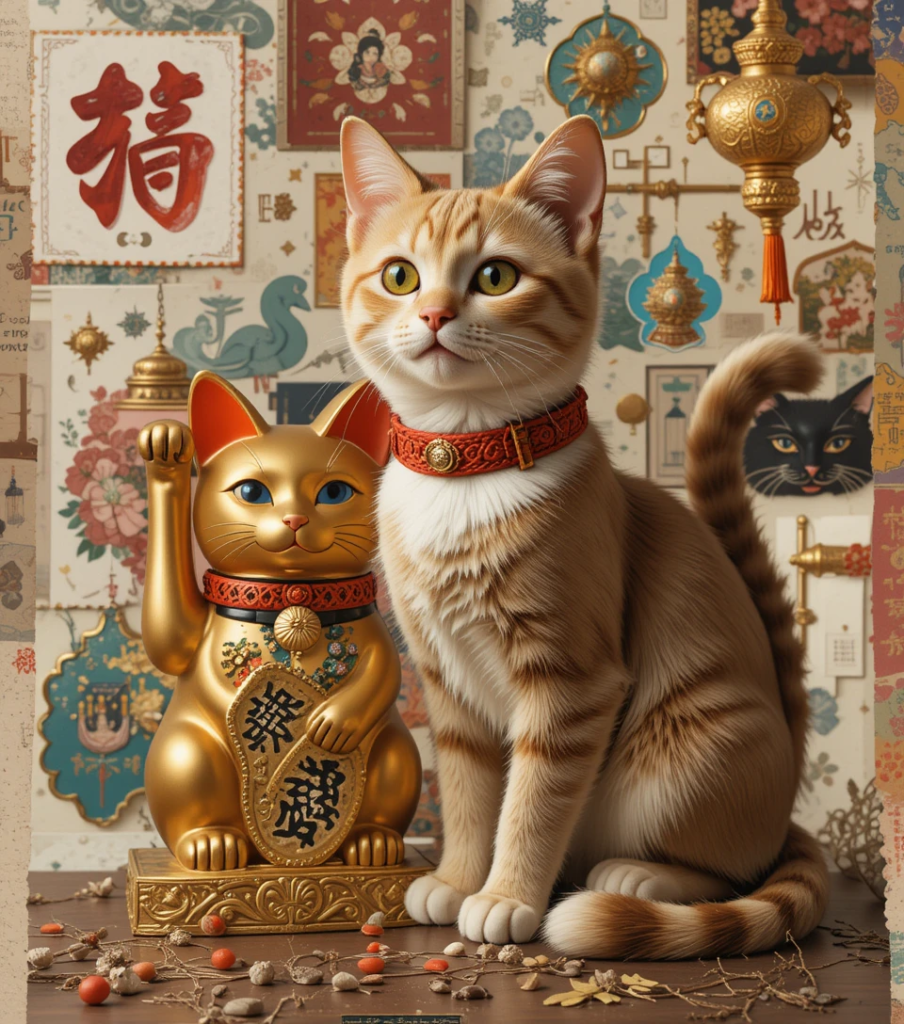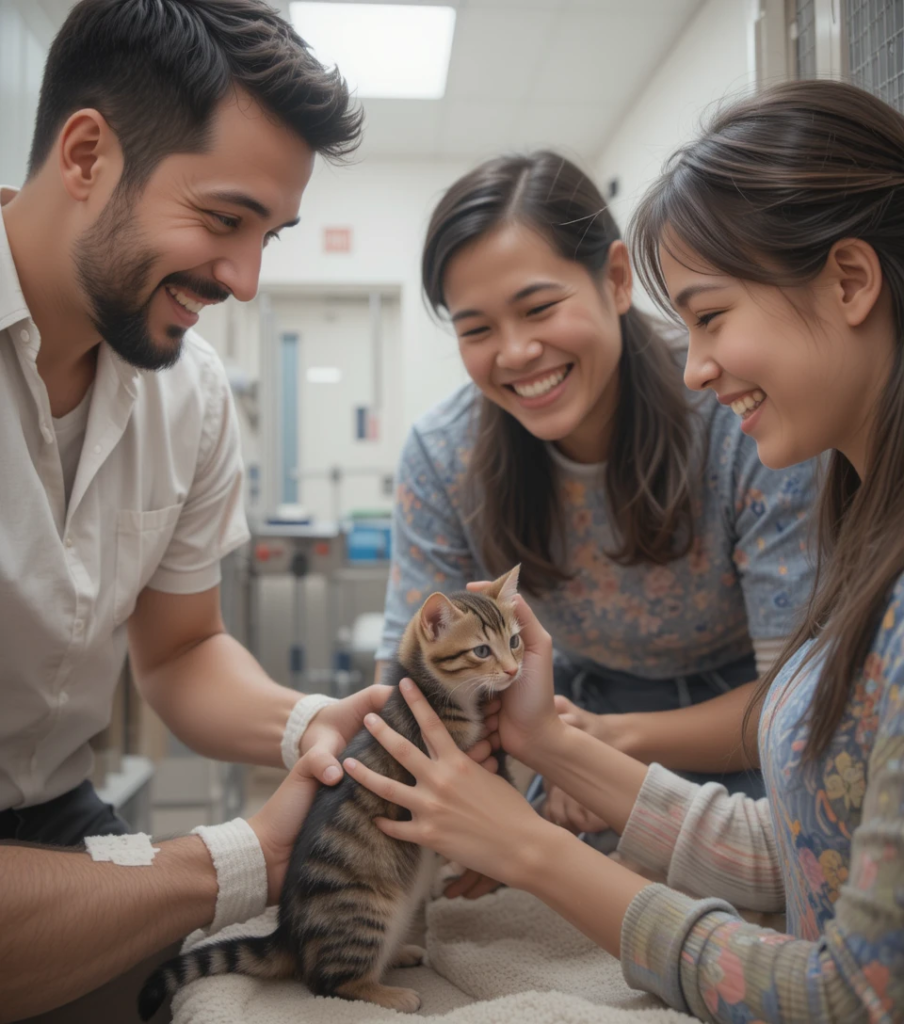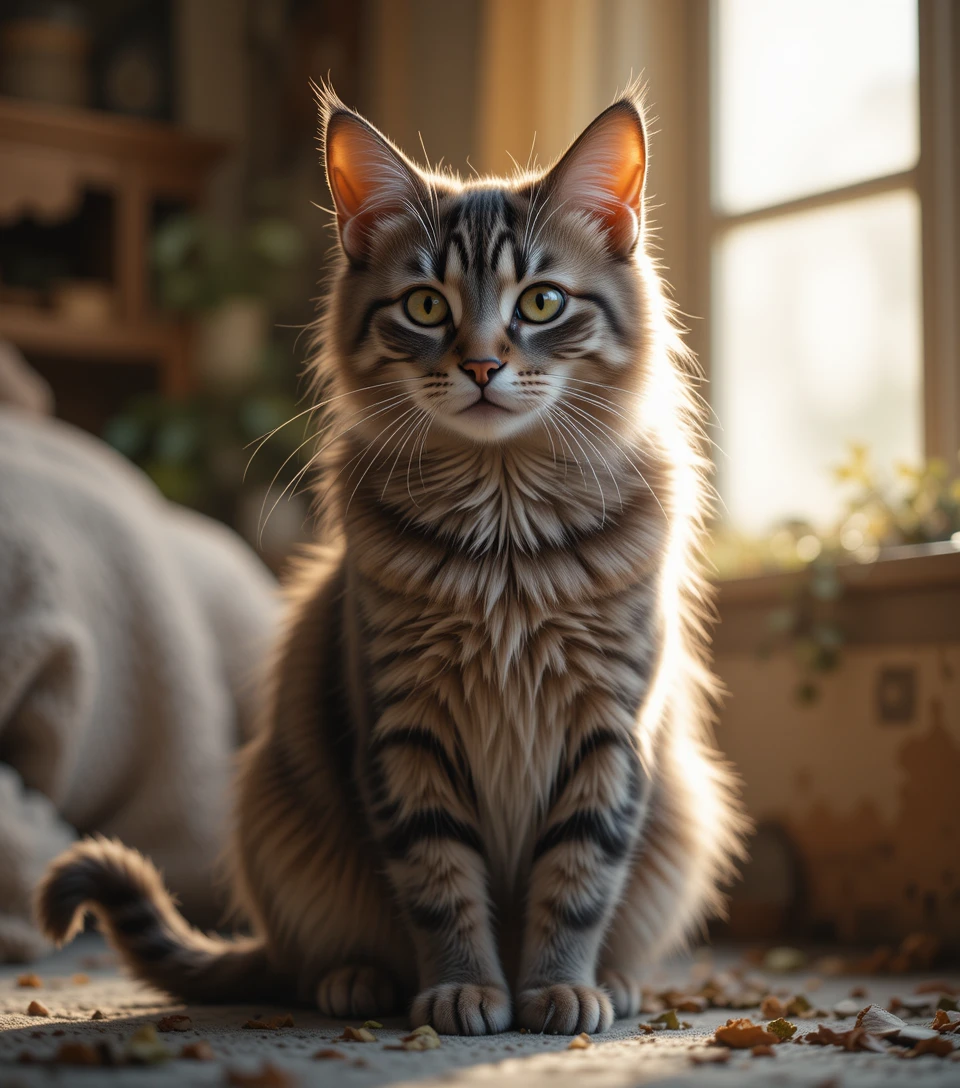Introduction: A Tail Full of Secrets
Have you ever spotted a cat with a tail that hooks at the end or bends in a curious zigzag? While some might see an imperfection, others believe it’s a symbol of mystery, magic—and even good luck. Across cultures and centuries, cats with hooked or bent tails have been tied to spiritual signs and hidden fortunes. Could your quirky-tailed feline be more than just cute? Let’s dive into the meaning behind these unique tails and the fortune they may signal.
1. What Does a Hooked or Bent Cat Tail Mean?
A bent or hooked tail is often a result of genetics, past injuries, or breed characteristics. Some cats are born with tails that curl like question marks, while others may develop bends due to trauma during kittenhood.
But beyond biology, these tails tend to grab attention. Their unusual shape often sparks curiosity and affection—leading to powerful associations in cultural myths and symbolism.
2. Cultural Beliefs: From Bad Luck to Blessings

In many parts of the world, cats have been viewed as spiritual creatures. Ancient Egyptians saw them as protectors of the home, while some European tales cast them as witches’ companions. However, in countries like Japan, China, and even Morocco, a cat with a crooked tail might be considered especially lucky.
The Japanese Bobtail, often depicted in figurines like the Maneki-neko (“beckoning cat”), is one example. This breed naturally has a kinked or pom-pom-shaped tail and is widely believed to bring wealth and protection.
In Southeast Asian folklore, a cat’s bent tail was thought to trap evil spirits—protecting the household and bringing peace.
3. The Link Between Cat Tails and Fortune
So where does the “hidden fortune” come in? The belief is rooted in the symbolism of imperfection as a sign of uniqueness and charm. A cat with a hooked tail was not ordinary. It was special—marked by fate.
Many stories tell of people who adopted bent-tail cats and experienced unexpected joy: a financial windfall, a new job, even newfound love. Whether these events are coincidence or cosmic connection, the pattern is powerful enough to make believers out of many.
4. Are These Cats Truly Special?
From a medical standpoint, a bent tail doesn’t harm a cat’s health or happiness in most cases. In fact, cats often live full, playful lives with quirky tails. But what makes them truly special is how they make people feel.
Pet owners often describe their bent-tailed cats as especially intuitive, gentle, or “meant to be.” These emotional connections only fuel the idea that something deeper may be at play—something magical.
5. Should You Adopt a Cat with a Bent Tail?

Absolutely. These cats may get overlooked at shelters because of their unusual appearance, but they are just as healthy, loving, and full of personality as any other feline.
And for many people, bringing home a cat with a crooked tail feels like welcoming a guardian spirit or a lucky charm into their lives. Their uniqueness can be a daily reminder that beauty and meaning often come from what sets us apart.
6. Symbolism vs. Reality: What Should You Believe?
Whether or not you believe in omens or signs, one thing is certain: cats with hooked and bent tails make a lasting impression. They blend the beauty of the natural world with the rich tapestry of human culture, myth, and meaning.
You don’t need to believe in magic to love the mystery. And perhaps, that’s where the real fortune lies.
Conclusion: The Hidden Fortune in Every Cat
Cats with hooked and bent tails aren’t flawed—they’re fascinating. Their tails tell stories—of survival, uniqueness, and for many, of spiritual gifts. Whether you see them as lucky charms or just endearing oddballs, one thing is clear: there’s something extraordinary about them. And maybe, just maybe, they’re here to share a little fortune with us all.
🧠 10 FAQs About Cats with Hooked and Bent Tails
1. What causes a cat’s tail to bend or hook?
It can be caused by genetics, injury during kittenhood, or specific breed traits like the Japanese Bobtail.
2. Is a bent tail painful for cats?
In most cases, no. If the cat is active, playful, and showing no signs of distress, the tail doesn’t cause discomfort.
3. Are hooked or bent tails a sign of bad luck?
In many cultures, quite the opposite—they’re considered good luck or protective charms.
4. Which breeds naturally have bent tails?
The Japanese Bobtail and some Southeast Asian street cats often have kinked or bent tails.
5. Can a bent tail heal or straighten over time?
If caused by injury, the tail may heal in a bent position. It usually remains that way permanently.
6. Do cats with bent tails behave differently?
No scientific evidence supports behavioral differences due to tail shape. Personality is shaped more by upbringing and environment.
7. Are there spiritual beliefs about these cats?
Yes, in several cultures, they are thought to ward off evil or attract wealth and harmony.
8. Can I show a bent-tail cat in competitions?
It depends on the breed standards. In general, only specific breeds with accepted tail shapes can compete.
9. Should I worry if my kitten’s tail is bent?
If the kitten is healthy and active, there’s usually no cause for concern. A vet check can confirm this.
10. Do people really believe these cats bring luck?
Yes! Many pet owners and cultures strongly believe that cats with bent tails carry special energy or hidden fortune.

